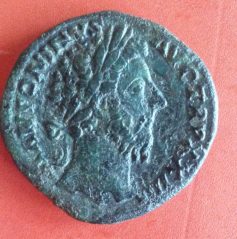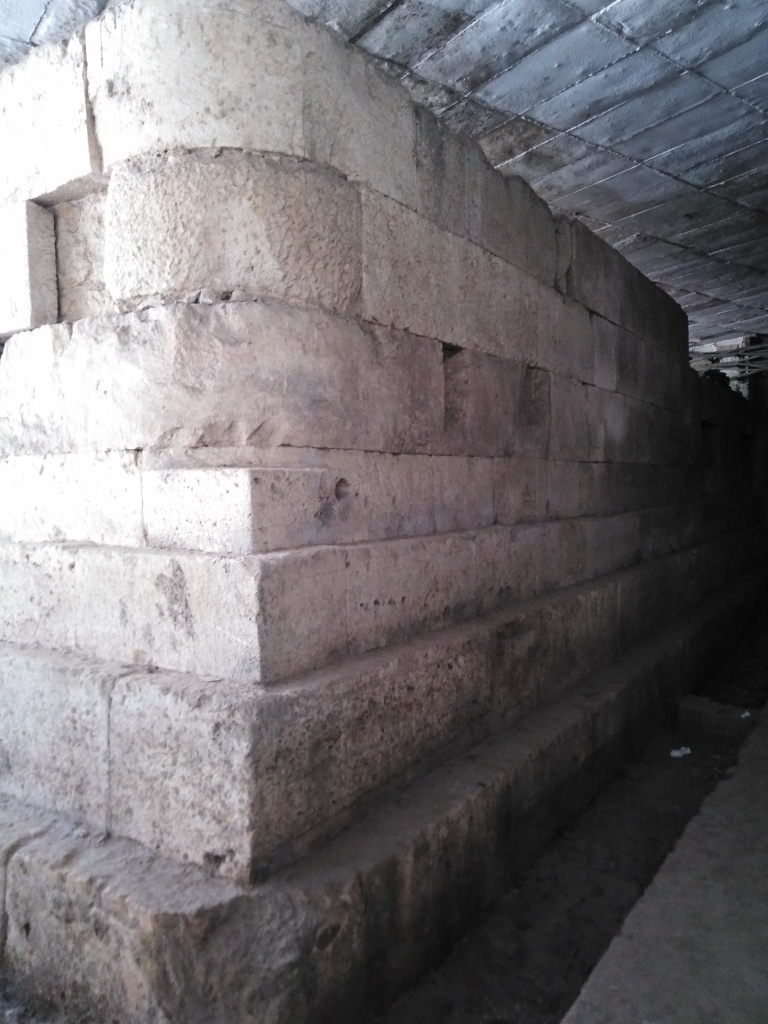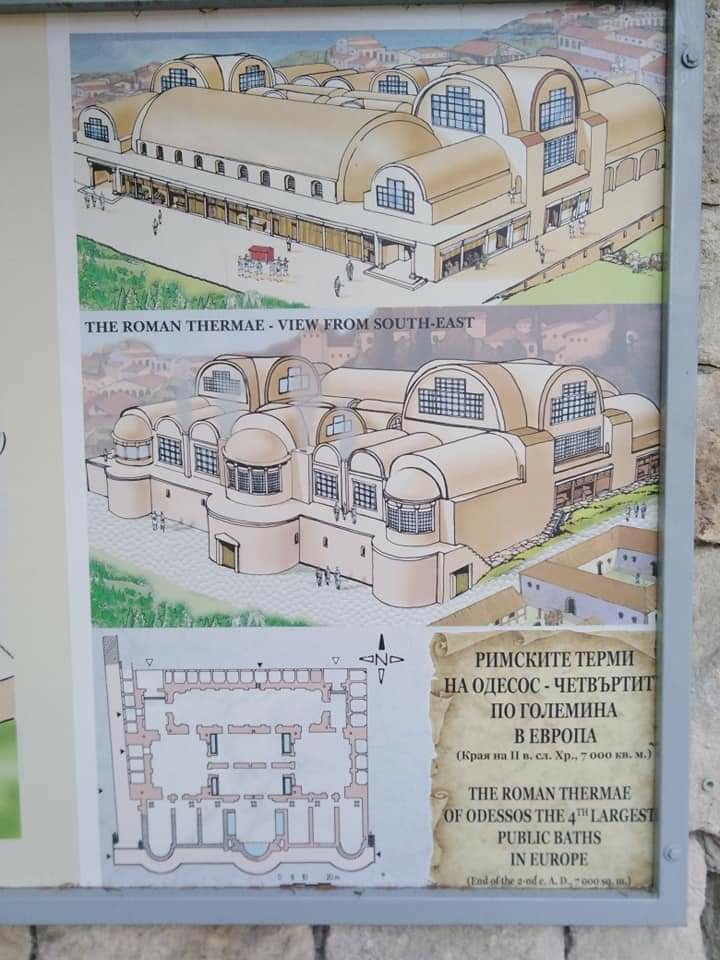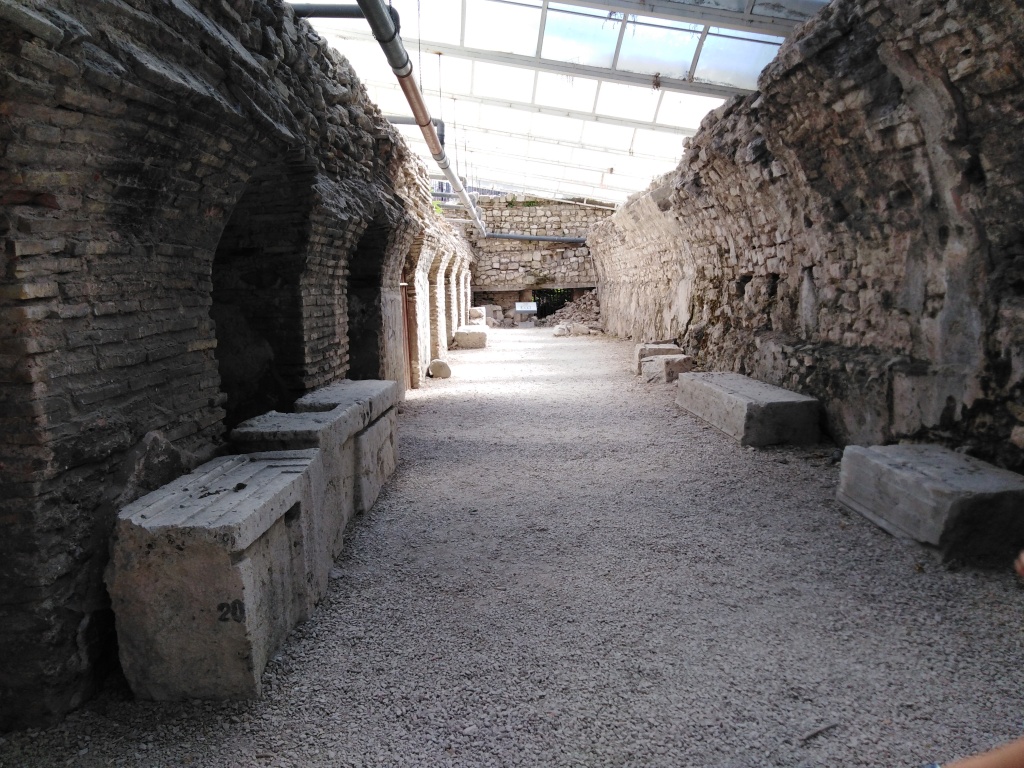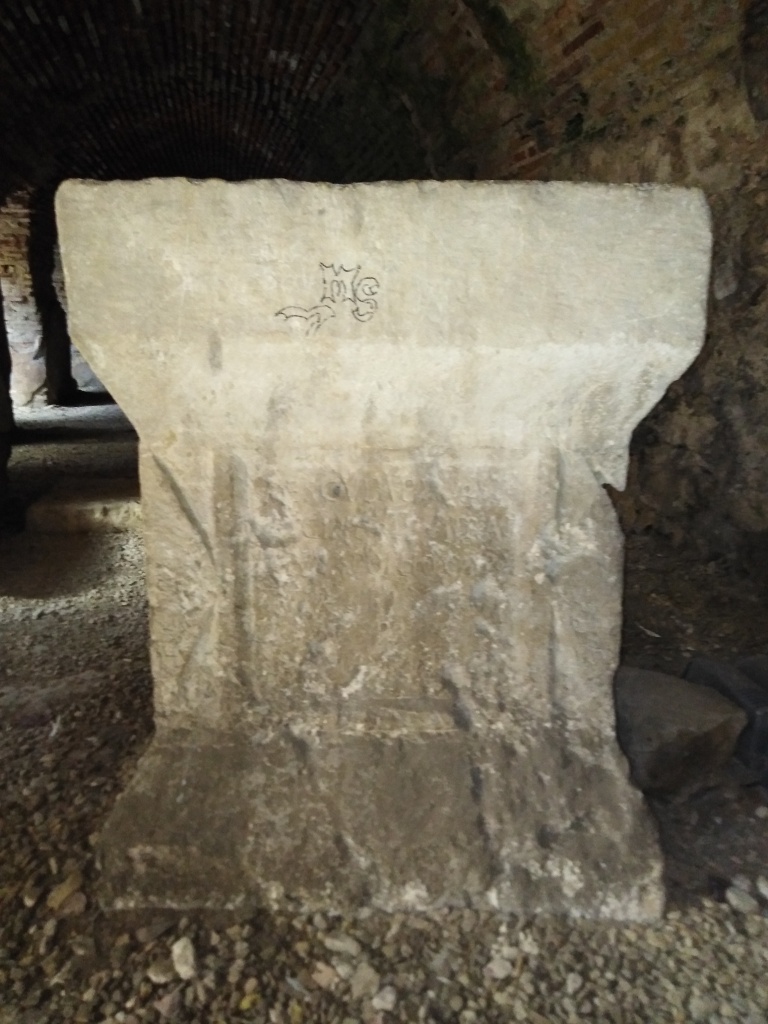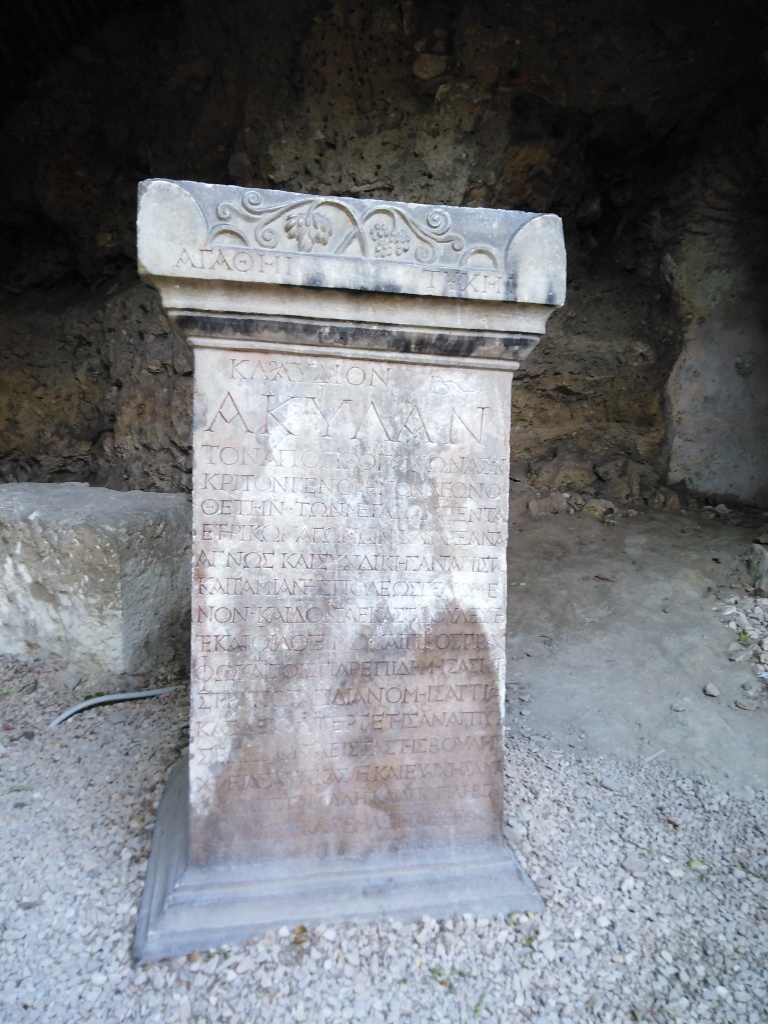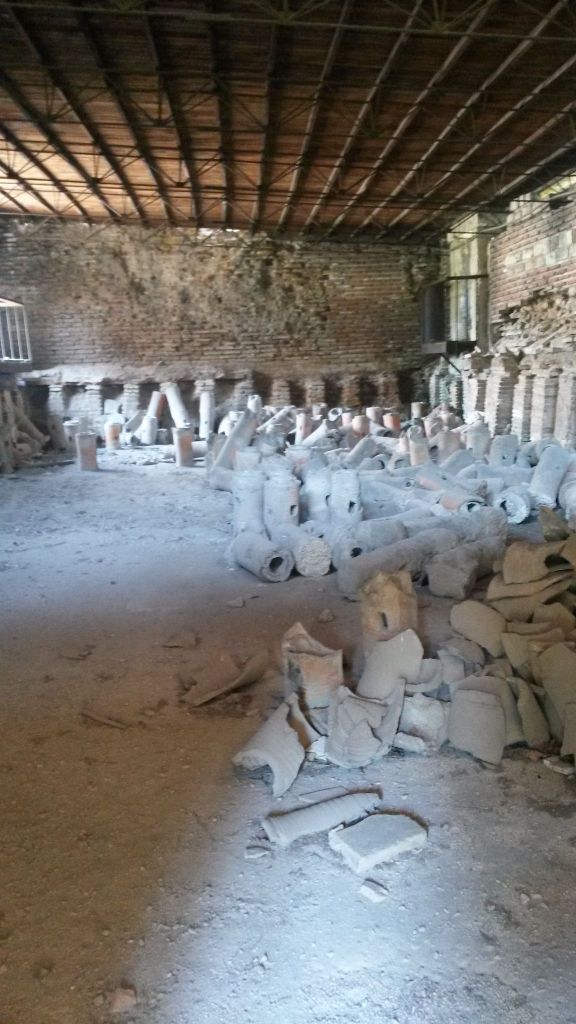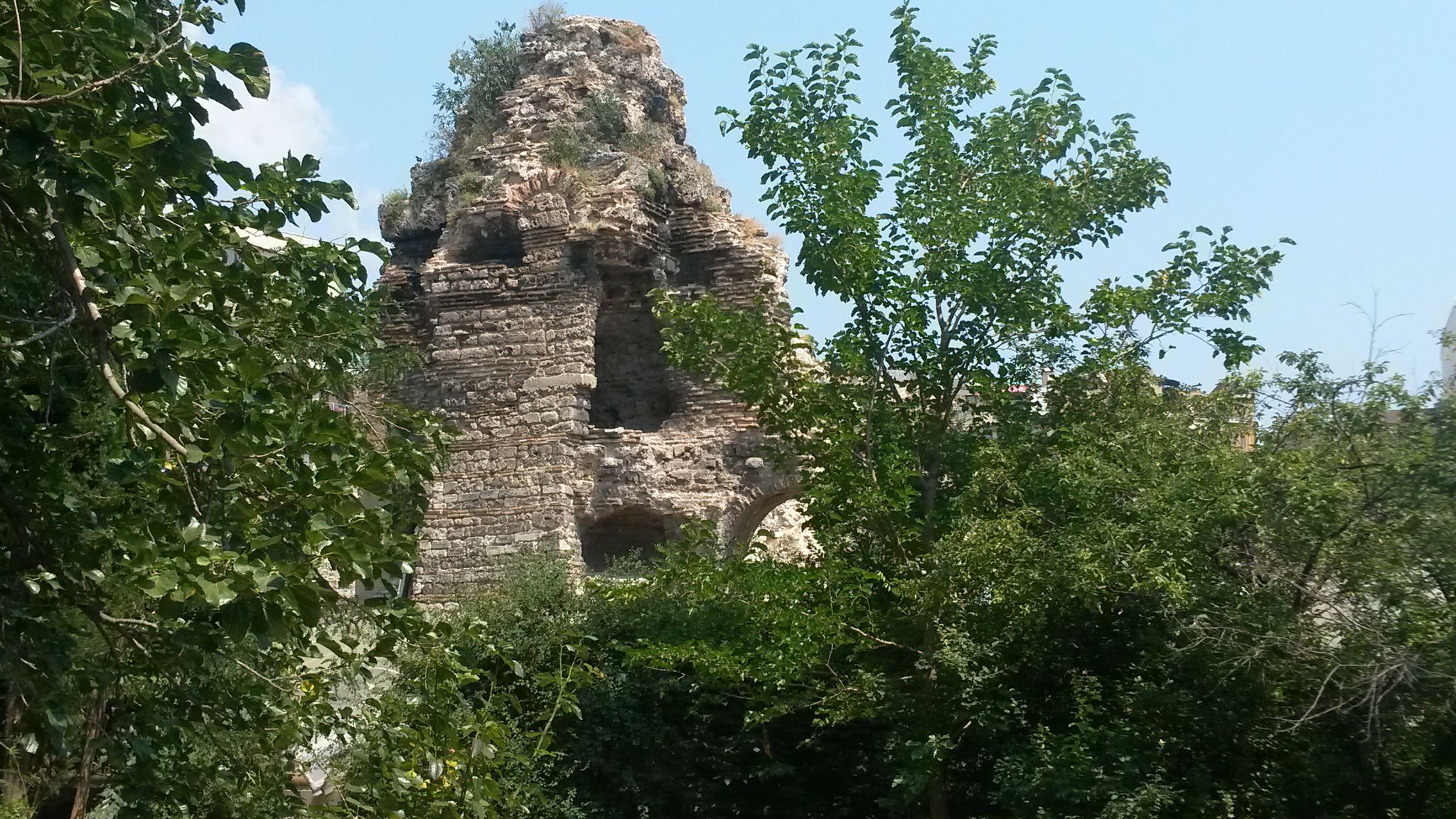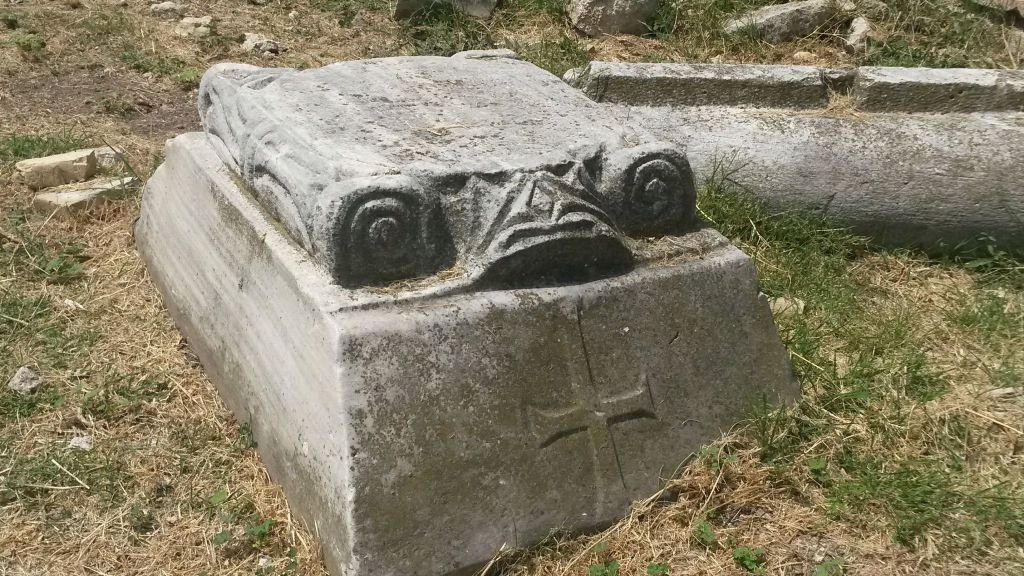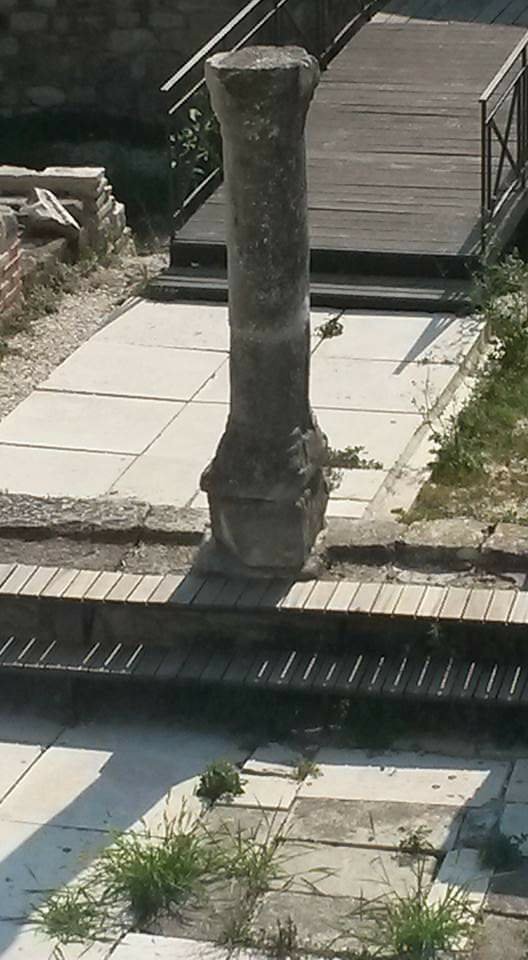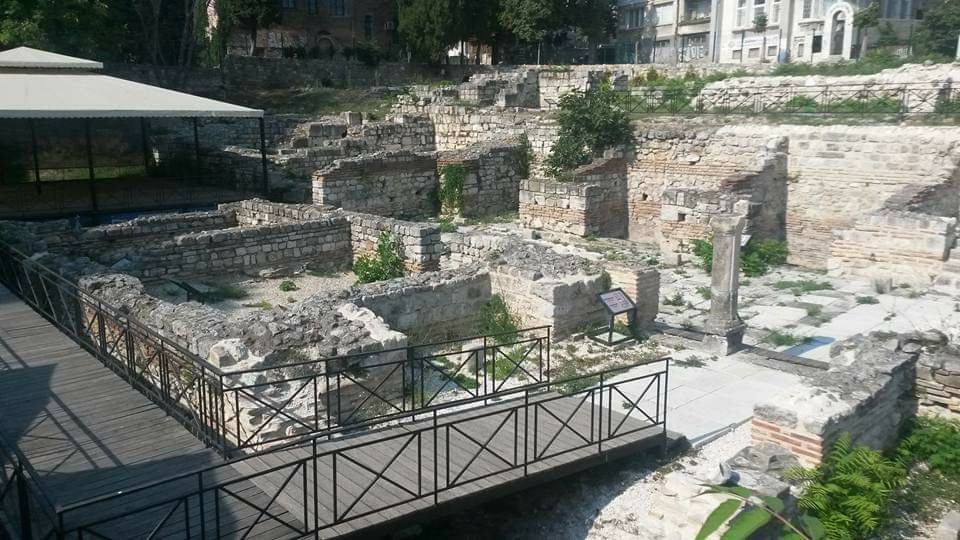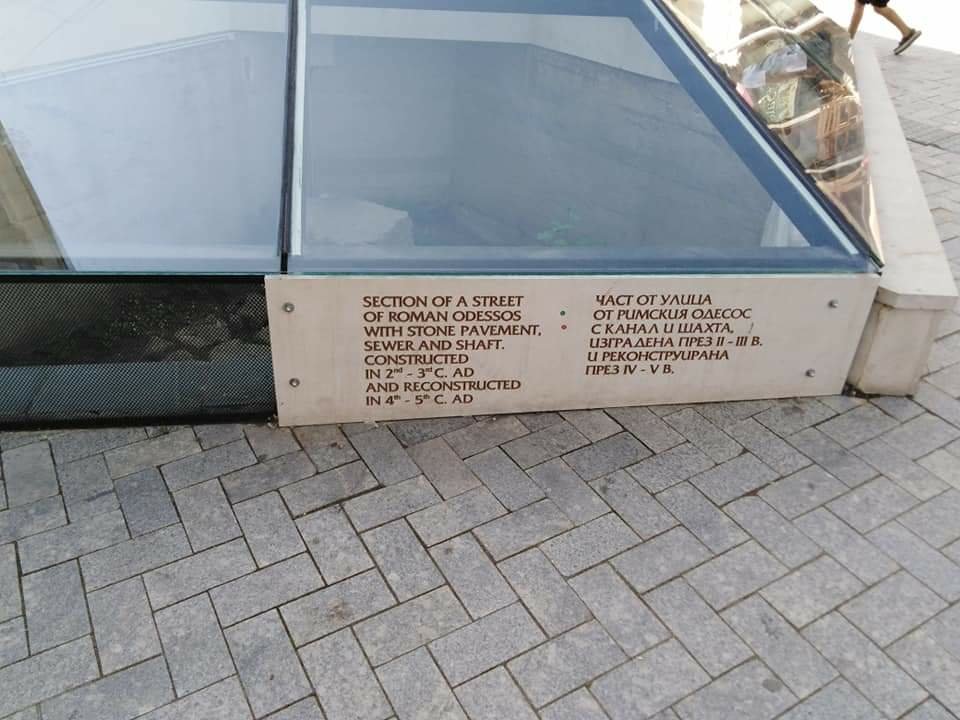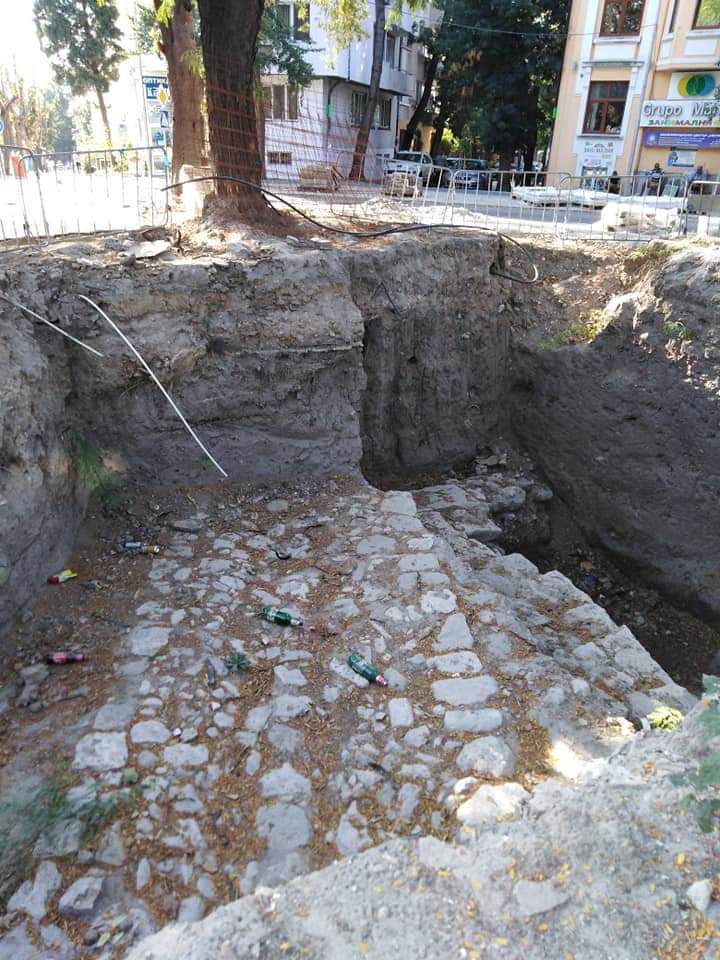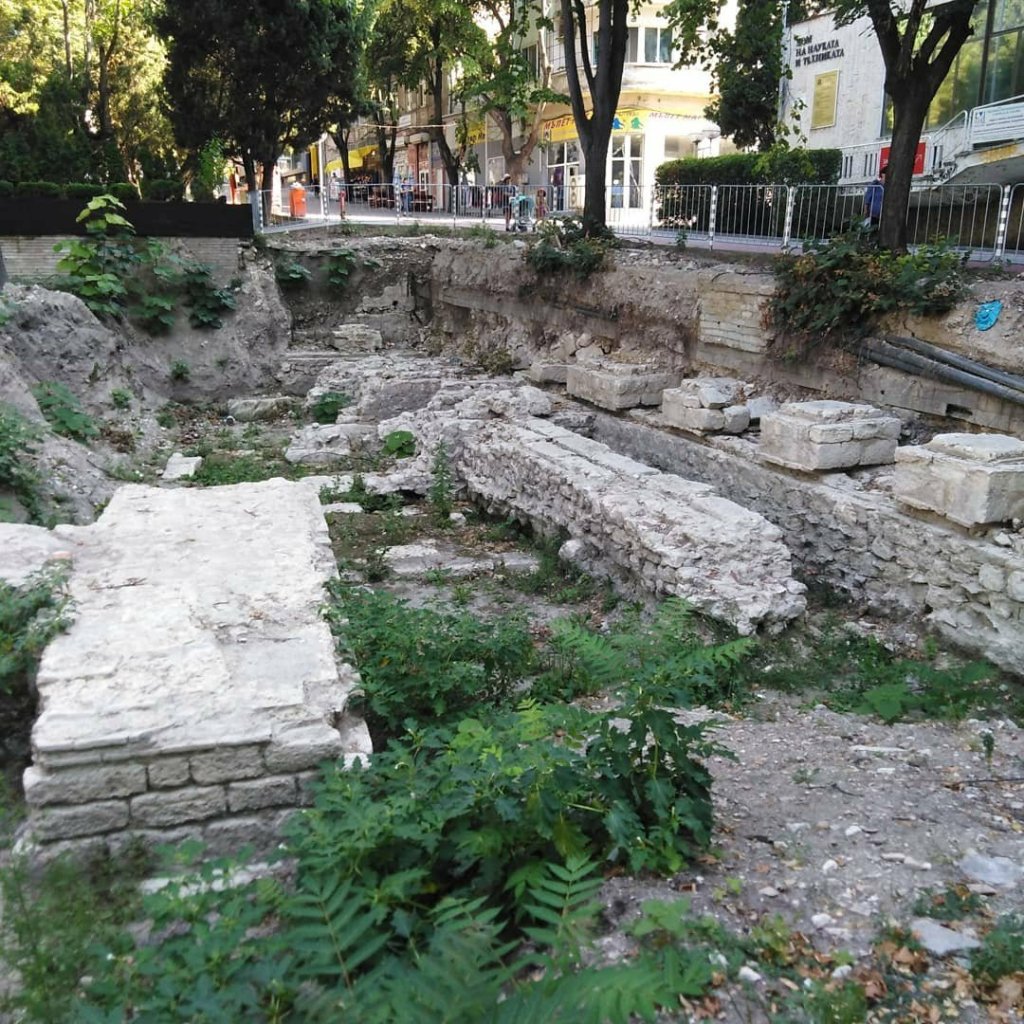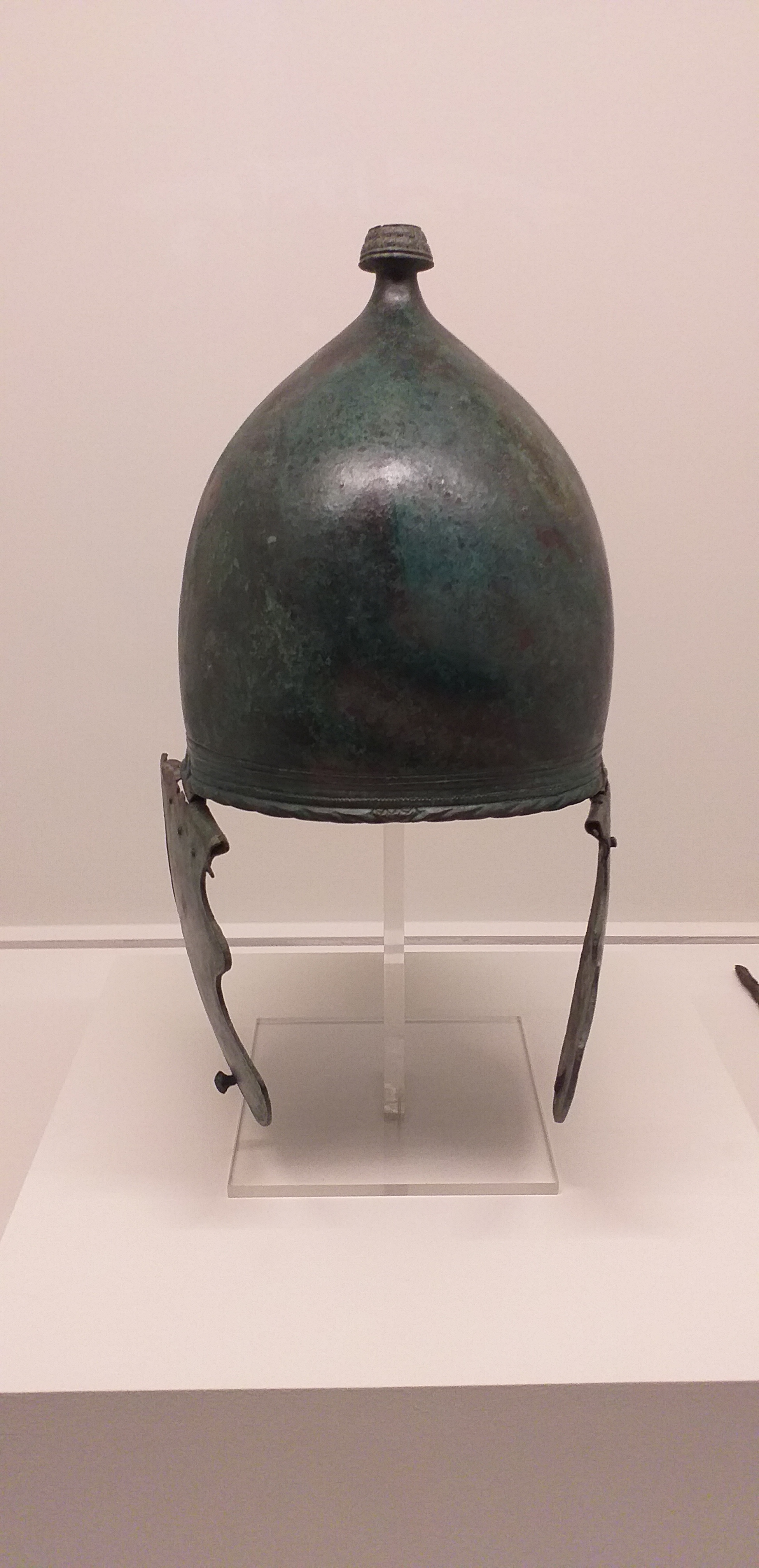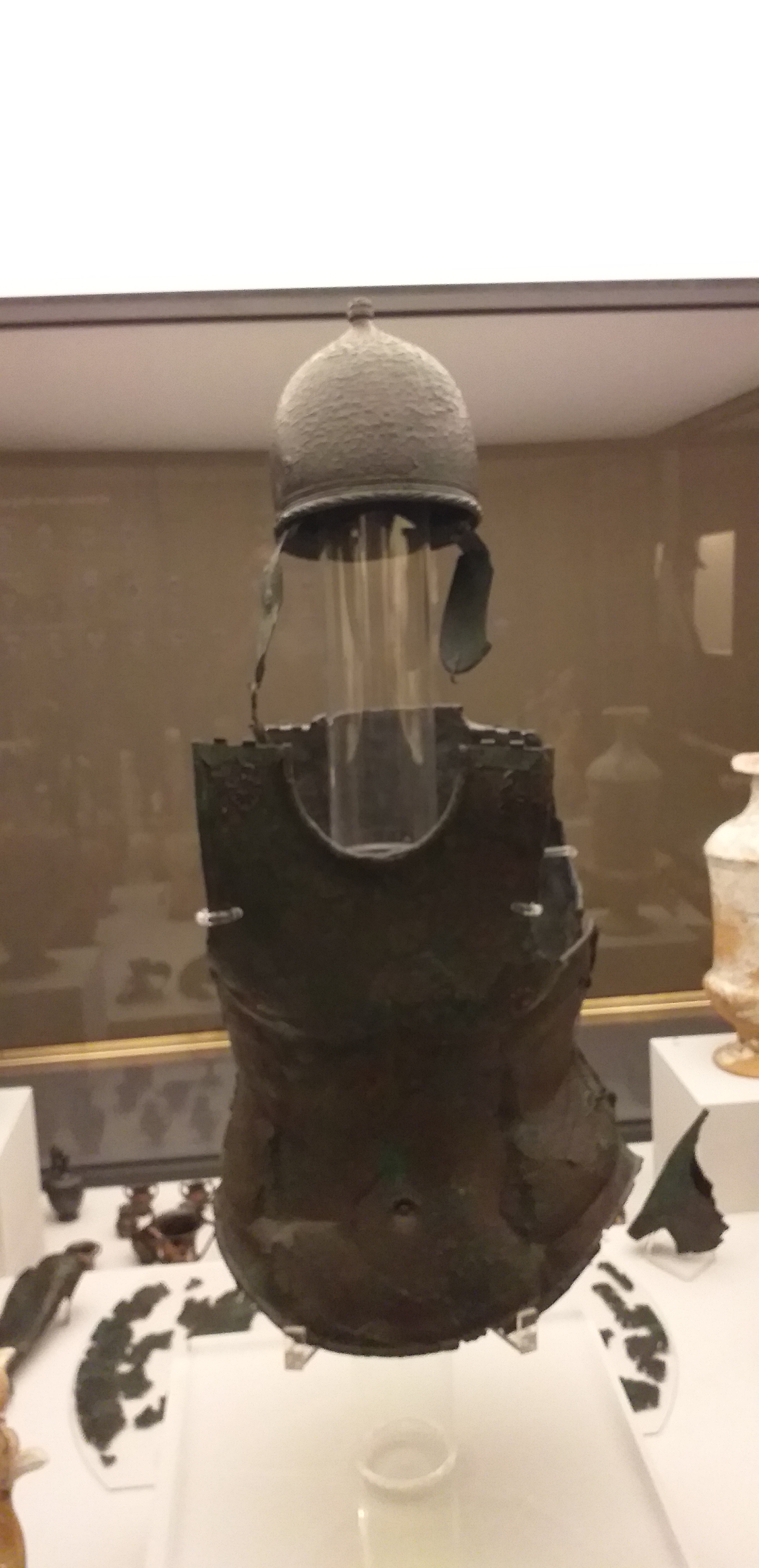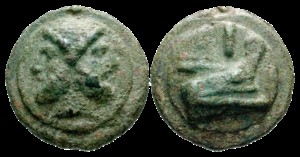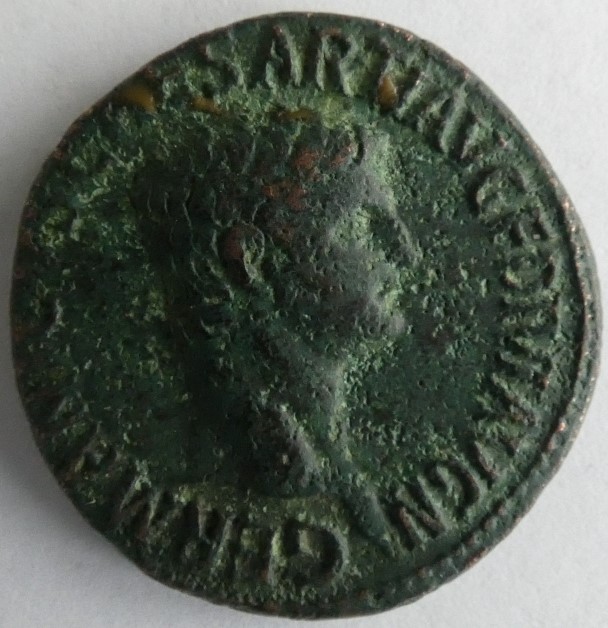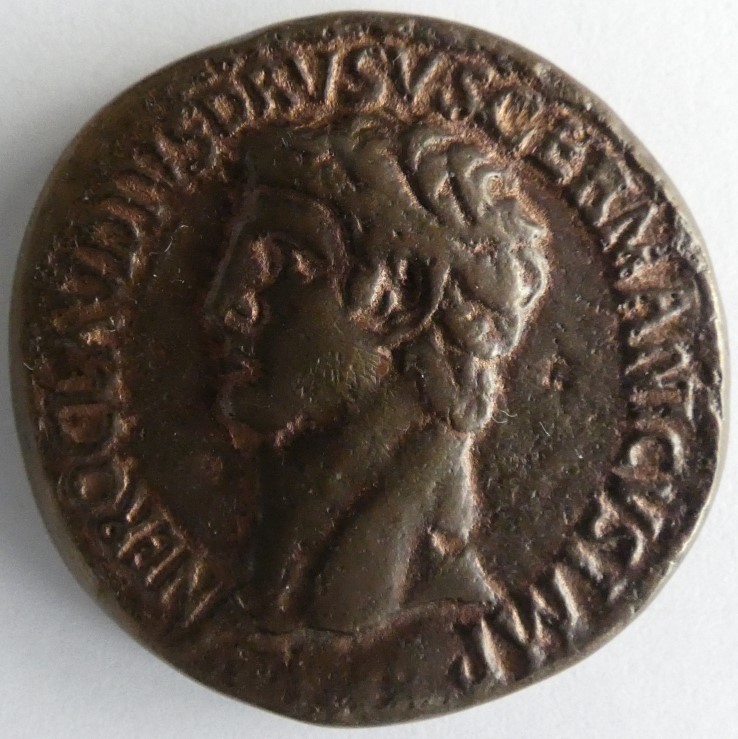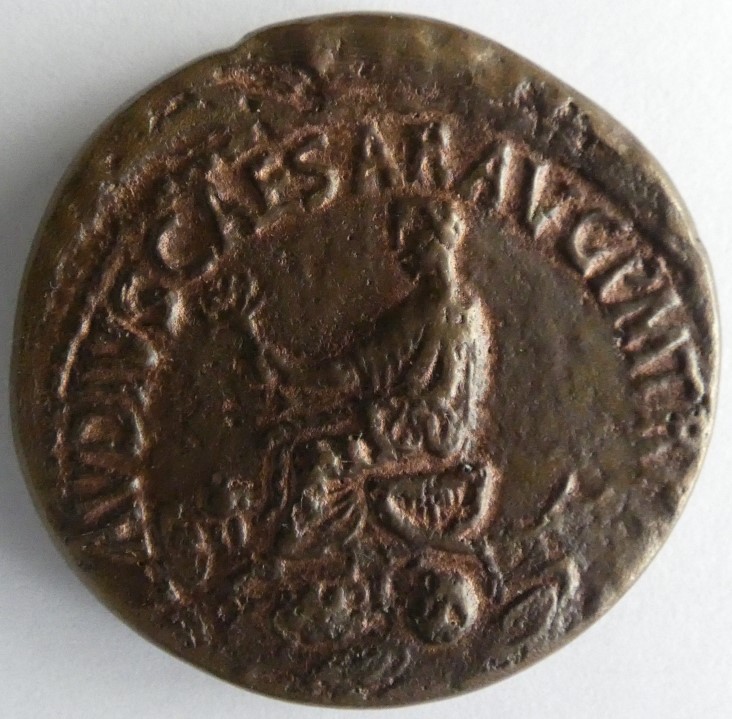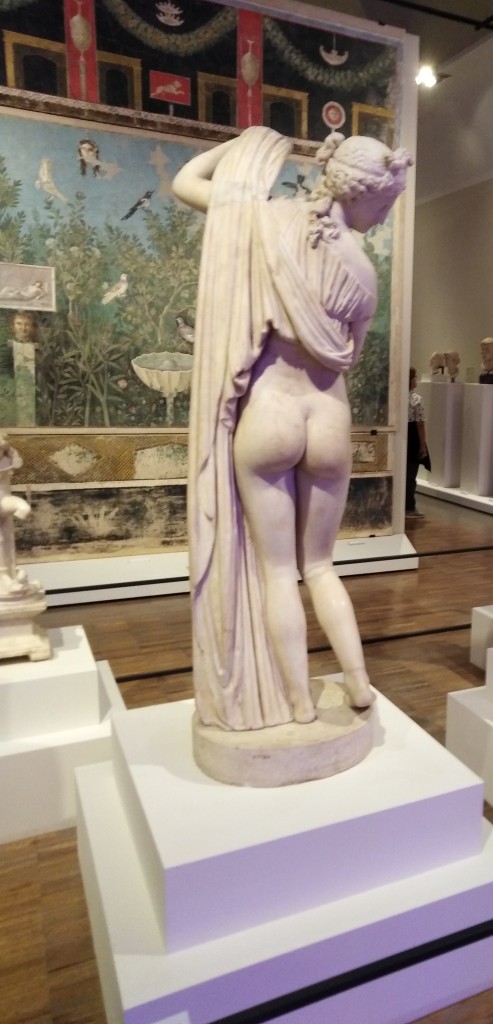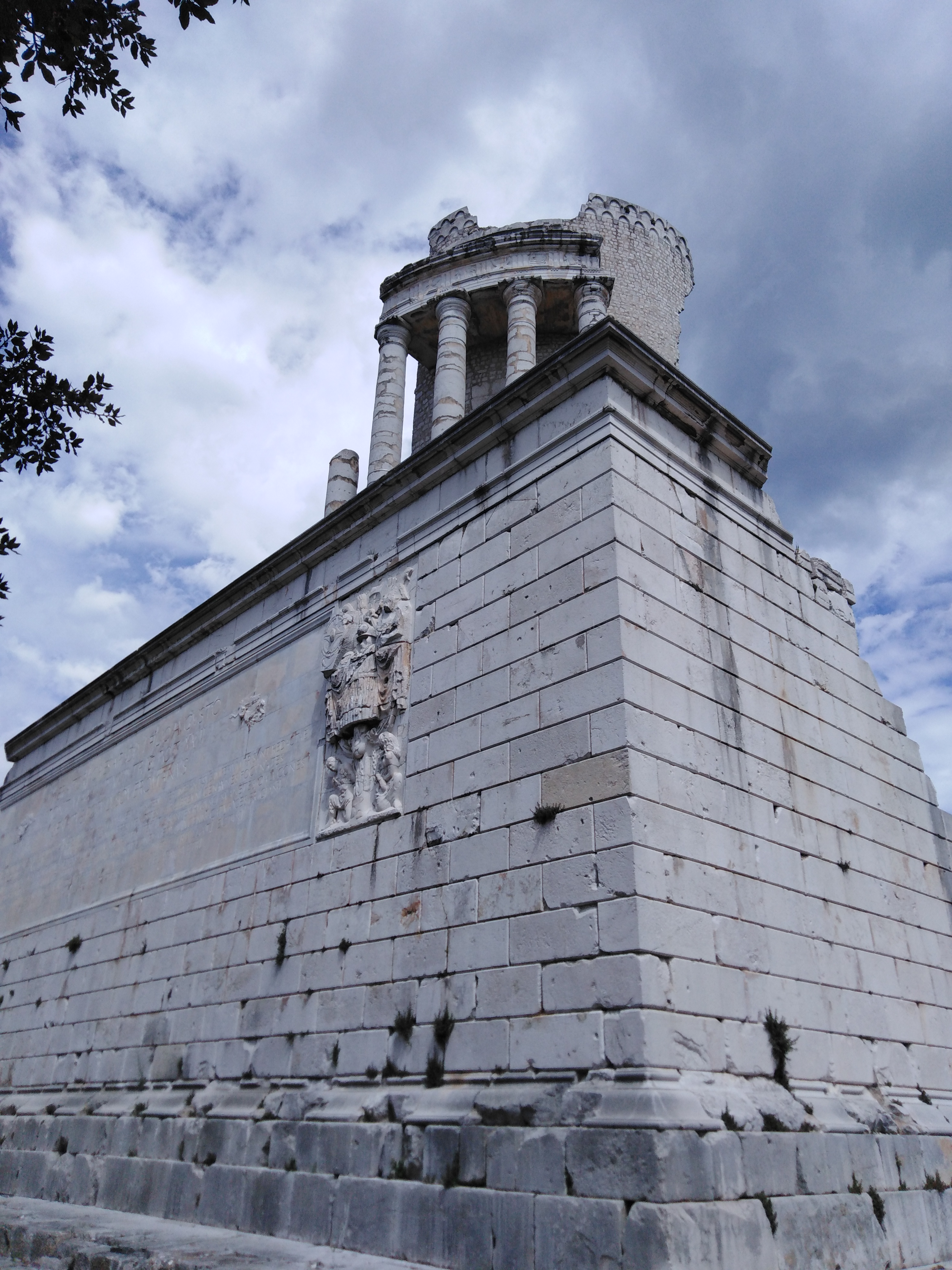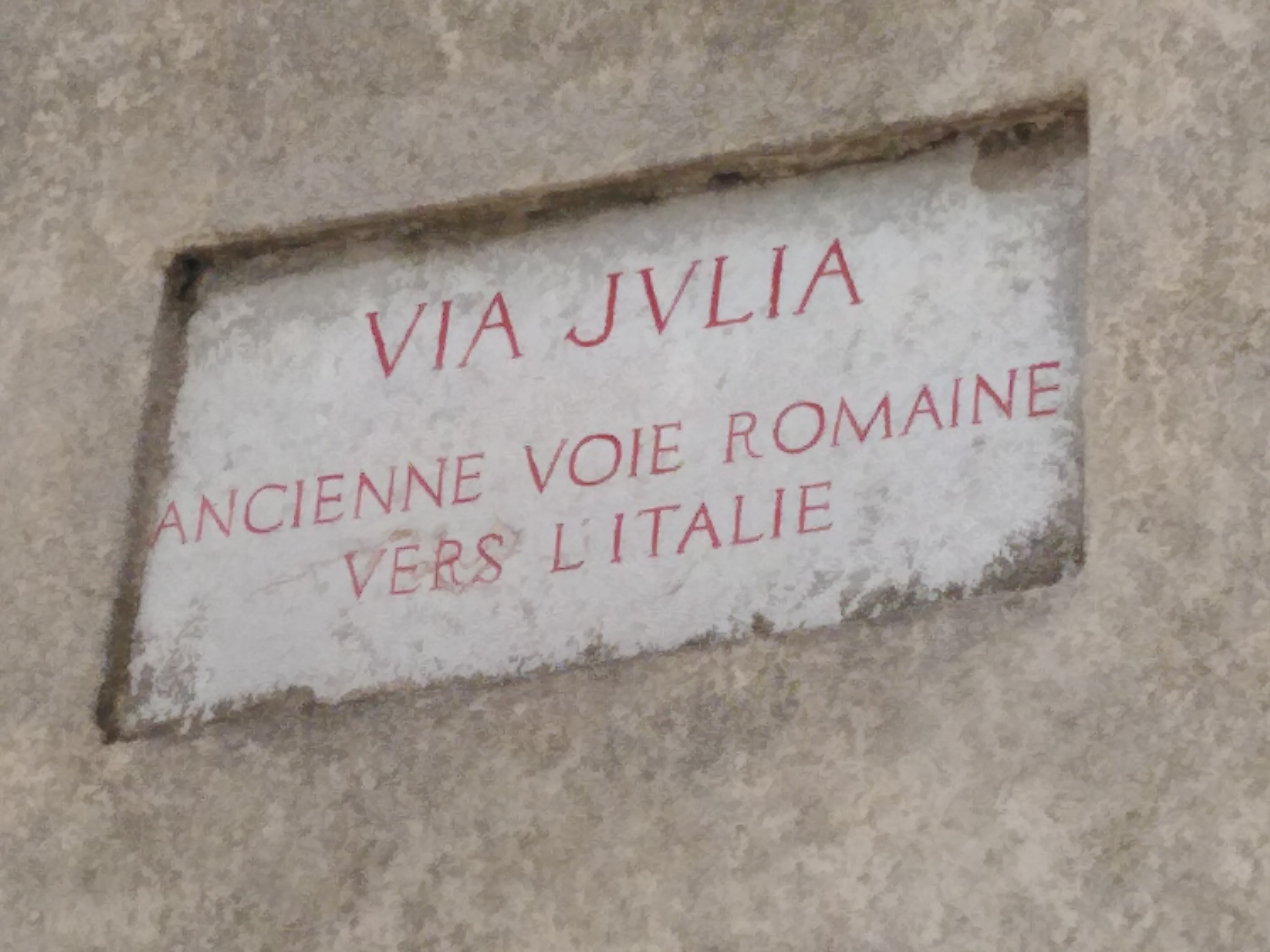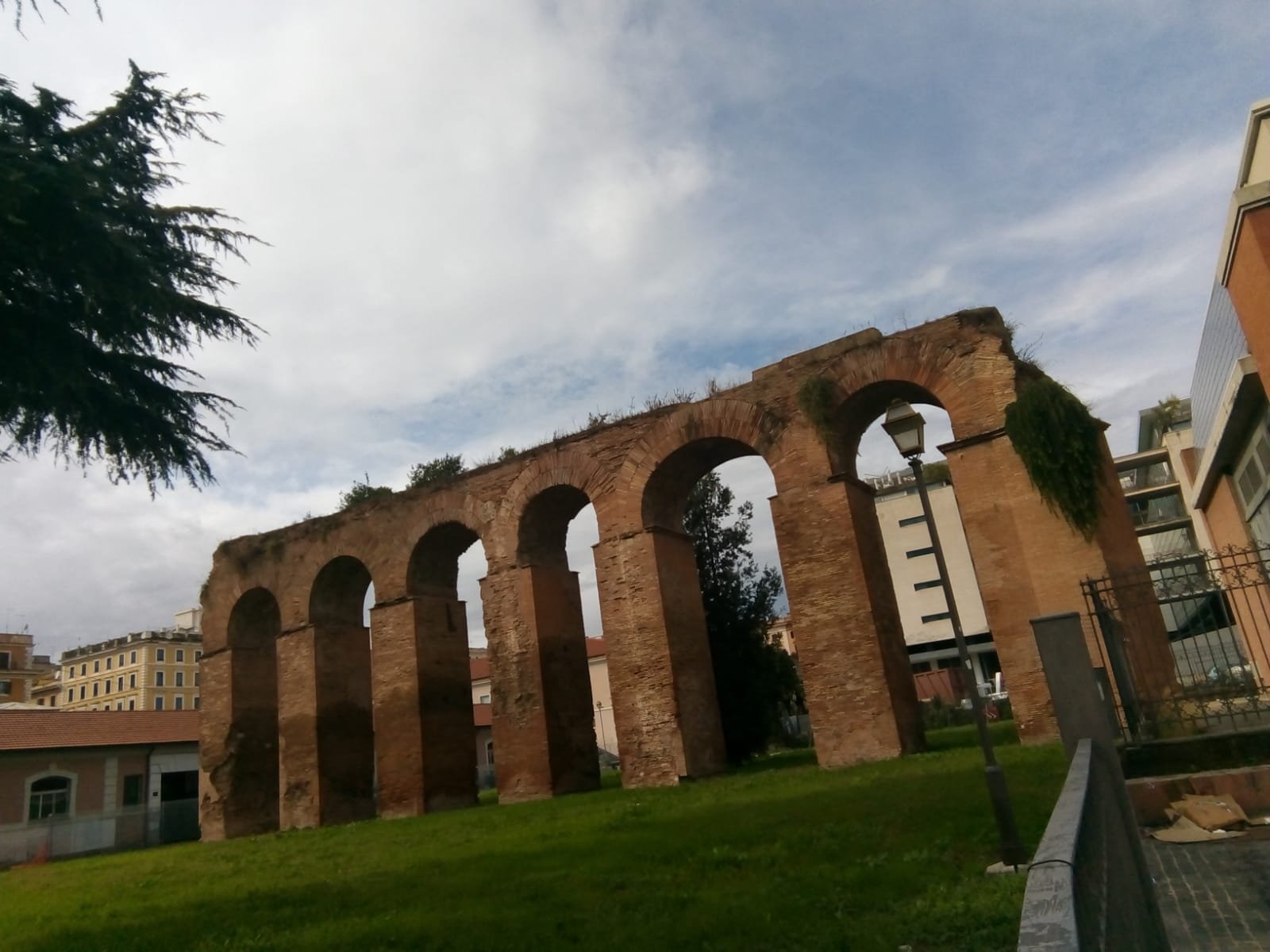
(m.v.) – Poco tempo fa, a Roma, abbiamo fatto una piccola escursione archeologica urbana con il trenino “Termini-Giardinetti”. Il Trenino, fino ai primi anni ’80, arrivava sino a Fiuggi seguendo inizialmente il tracciato della Casilina per poi proseguire lungo la via Prenestina. In seguito, la sua corsa fu limitata al solo suo tratto urbano fino alla frazione di “Giardinetti” e pochi anni fa, per evitare che facesse concorrenza alla nuova (e inutile!) Metro C che correva parallela al suo tracciato, si è deciso di fermare la sua corsa a Centocelle.

Trenino Roma-Giardinetti (fonte: internet)

Selfie all’interno del Trenino
La tratta superstite del Trenino percorre, come detto, la via Casilina – l’antica via Labicana – costeggiando l’Acquedotto Felice, costruito nel XVI° secolo sotto il Papa Sisto V. L’acquedotto fu chiamato Felice dal nome del Papa, Felice Peretti, e fu costruito lungo il tracciato, e riutilizzando i resti, degli antichi acquedotti dell’Aqua Marcia, dell’Anio Novus e dell’Aqua Claudia. Gli ultimi due acquedotti romani, nella parte finale, prima di arrivare allo snodo di Porta Maggiore, viaggiavano sovrapposti utilizzando i medesimi fornici e parallelamente all’acquedotto Claudio.

Il capolinea del Trenino si trova presso le “Ferrovie Laziali” della Stazione Termini, al confine del multietnico quartiere Esquilino, presso il cosiddetto Tempio di Minerva Medica. In realtà, i resti della maestosa aula decagonale, forse un ninfeo, appartengono ad un grande edificio del IV° secolo d.C. sorto nell’area un tempo facente parte degli Horti Liciniani.

c.d. Tempio di Minerva Medica, Roma

c.d. Tempio di Minerva Medica
Lo sferragliante Trenino attraversa l’imponente Porta Maggiore – costruita sfruttando le arcate dei più antichi acquedotti nell’ambito di quella grande opera di fortificazione dell’Urbe voluta
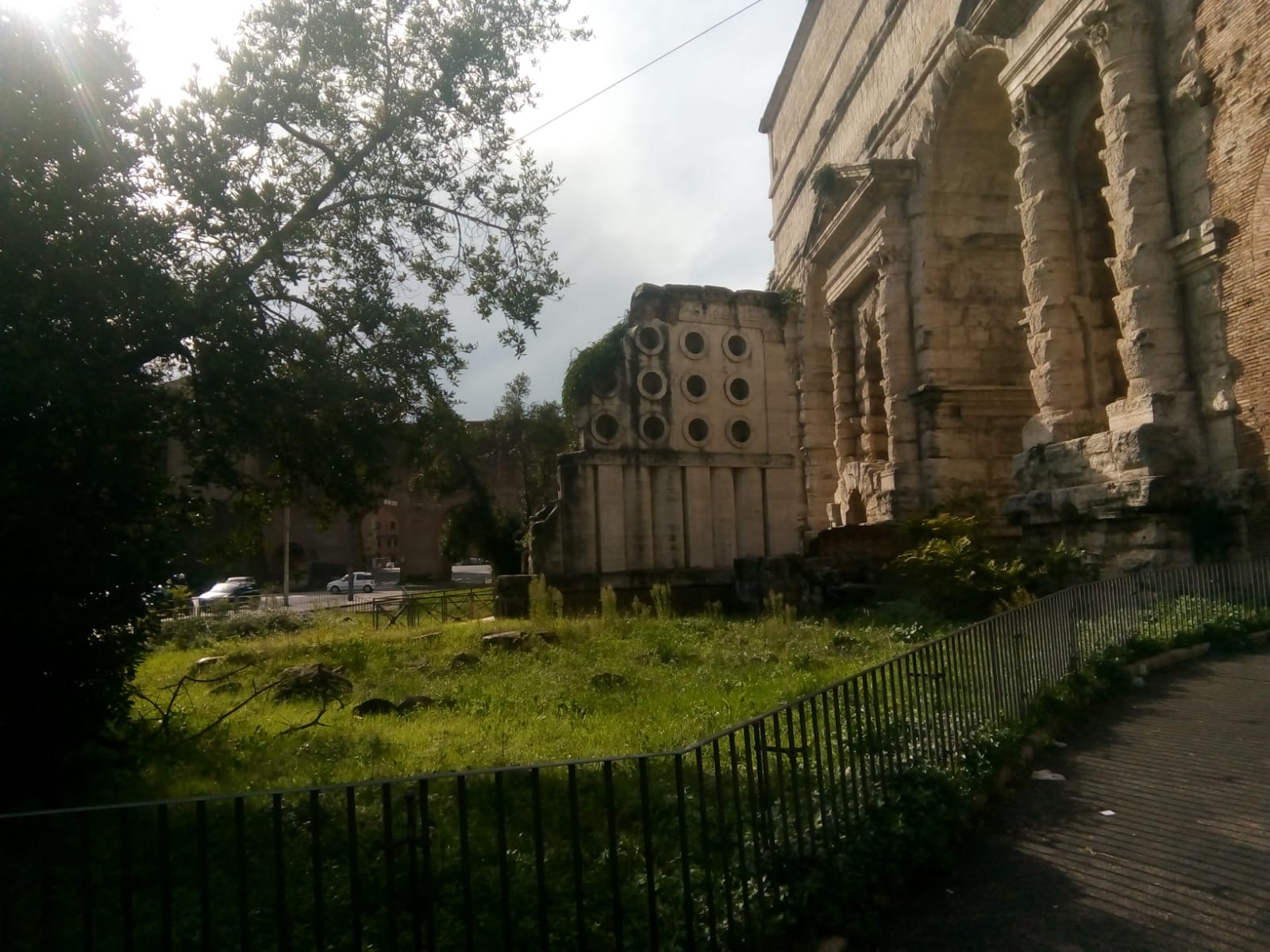
dall’Imperatore Aureliano, cioè le cosiddette Mura Aureliane – passando accanto al famoso sepolcro del fornaio Eurisace.
Giunti nel quartiere di Tor Pignattara scendiamo dal Trenino per andare ad ammirare un’altra monumentale costruzione tardo-imperiale, il mausoleo dedicato ad Elena, madre dell’imperatore Costantino.

Mausoleo di Elena (foto: m.v.)

Mausoleo di Elena (foto: m.v)
Il Mausoleo fu costruito dall’imperatore Costantino tra il 326 e il 330 e forse era destinato a lui stesso, come sembra indicare anche il grande sarcofago di porfido rosso di Elena
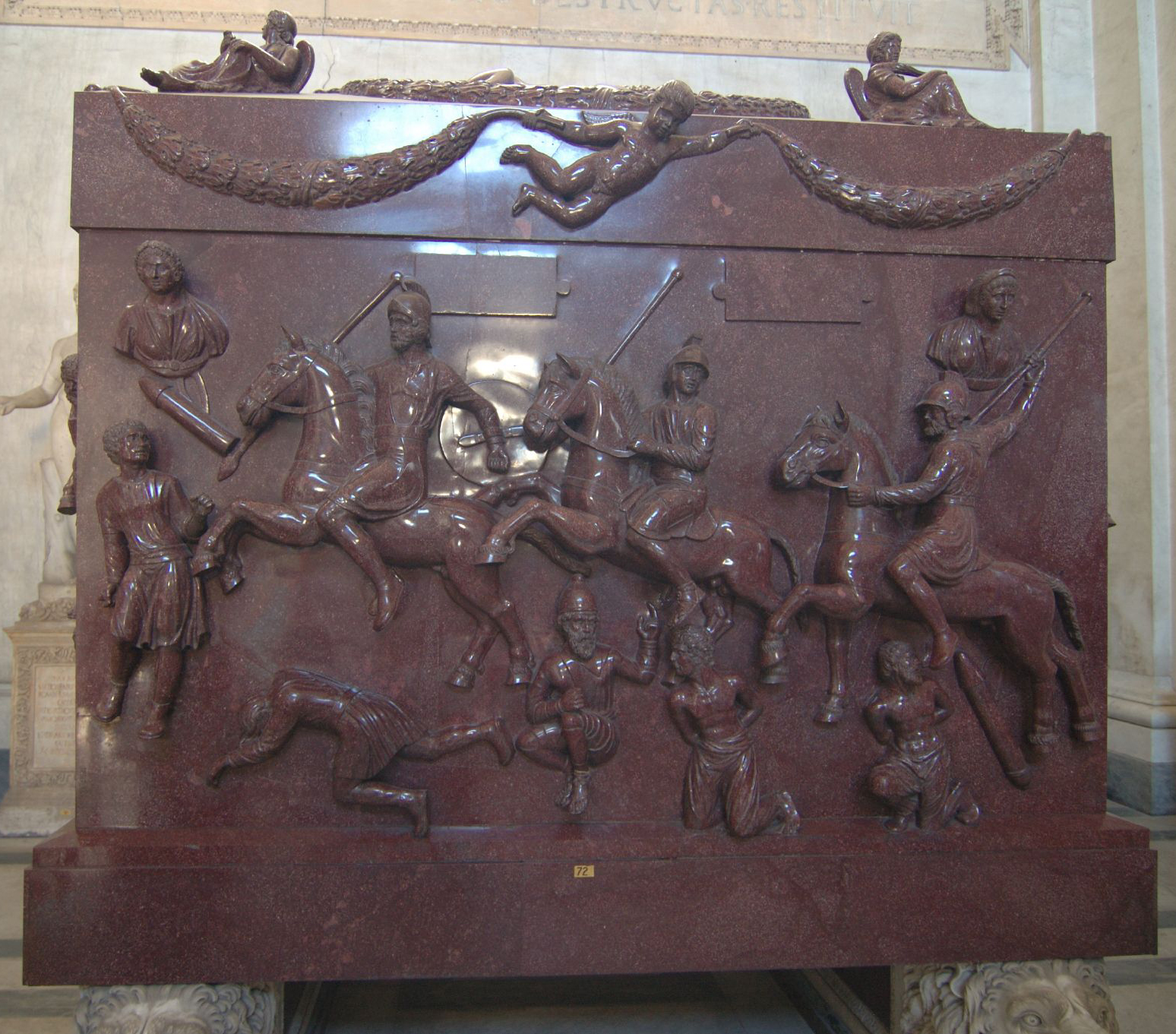
recante bassorilievi di scene di battaglia tra Romani e “barbari”, che sembrano più adatte alla figura di un Imperatore che a sua madre (il sarcofago, asportato dal mausoleo, si trova adesso in Vaticano).
La cupola del Mausoleo, purtroppo crollata, era costruita usando delle anfore, chiamate volgarmente “pignatte”, da cui sarebbe derivato il toponimo Tor Pignattara.

La località corrisponde alla zona che anticamente era chiamata “ad duas lauros”, dove sorgeva un’area cimiteriale, come accadeva spesso lungo le strade extraurbane. Quest’area era anche il luogo di sepoltura degli Equites singulares Augusti, reparto scelto di cavalleria che aveva compiti di scorta agli imperatori (di seguito, foto di una lapide di un Eques Singularis).

Il corpo speciale di cavalleria, probabilmente, fu creato sotto l’imperatore Tiberio (98-117 d.C.) e forse fu sciolto da Costantino in quanto gli Equites si sarebbero schierati, così come il corpo dei Praetoriani, dalla parte del suo antagonista, Massenzio, nella battaglia di Ponte Milvio (312 d.C.). Sia Massenzio che Costantino si erano autoproclamati Augusti senza essere stati essere preventivamente nominati “Cesari” (ossia “vice imperatori”), così come prevedeva il sistema tetrarchico ideato da Diocleziano ma, a differenza di Costantino, Massenzio era stato ufficialmente riconosciuto dal Senato.
L’antica area cimiteriale fu utilizzata anche per la sepoltura di aderenti al culto cristiano, come indicano le adiacenti catacombe dedicate ai cristiani Marcellino e Pietro morti nel 304 d.C. sotto l’azione repressiva di Diocleziano tesa a contrastare la la diffusione, soprattutto nell’esercito, di quella che era considerata ancora una “illicita superstitio“.
Le catacombe, lungi dall’essere dei cimiteri segreti come spesso si crede, erano dei luoghi si sepoltura che accoglievano spesso sia defunti cristiani che “pagani”, organizzati e gestiti dalla corporazione dei “fossores“ (“scavatori”),
Di seguito un affresco (IV sec. d.C.) di un “fossore” di proveniente dalle catacombe Marcellino e Pietro e una lapide di un pretoriano del II° secolo d.c..

Affresco di un “fossore”, IV sec. d.C., Mausoleo di elena

Ara di C. Iulius Victor, milite della I coorte pretoria, II sec. d.C.

